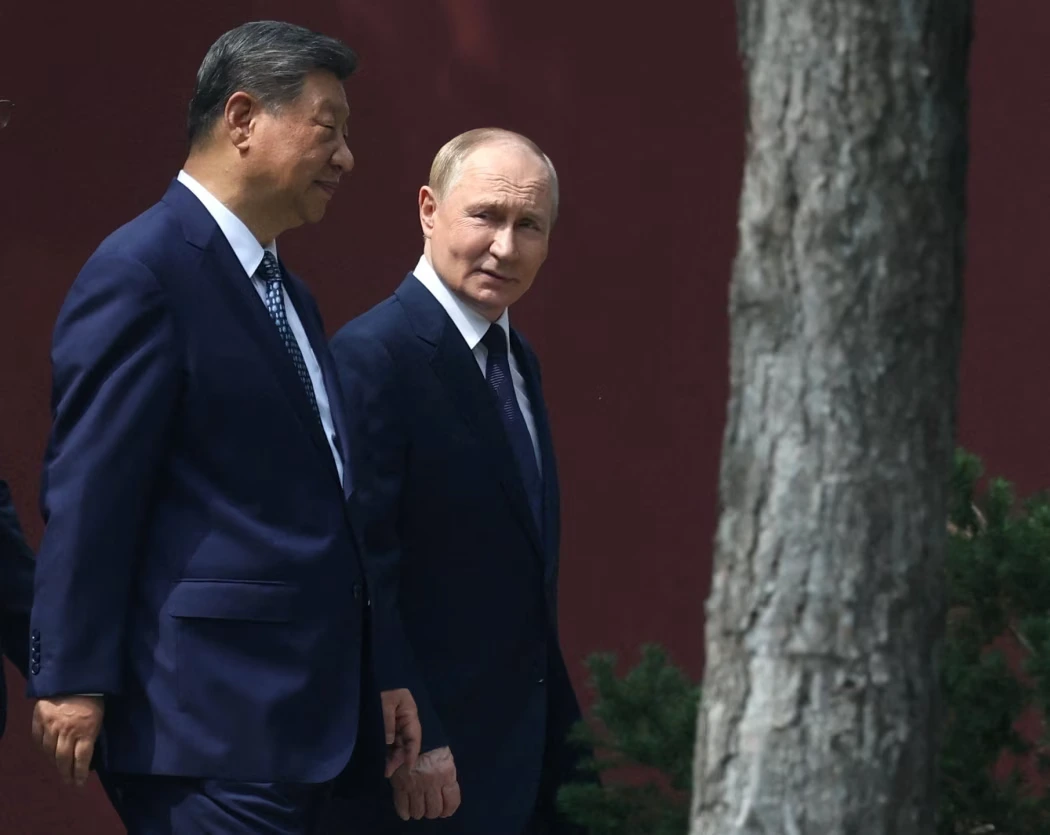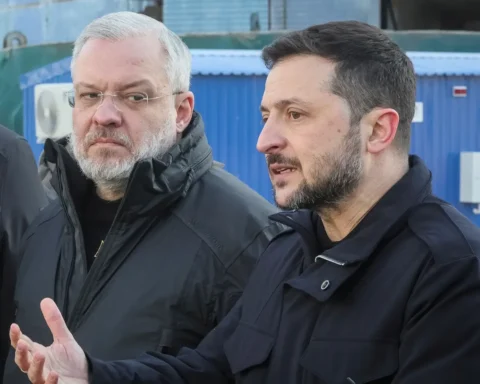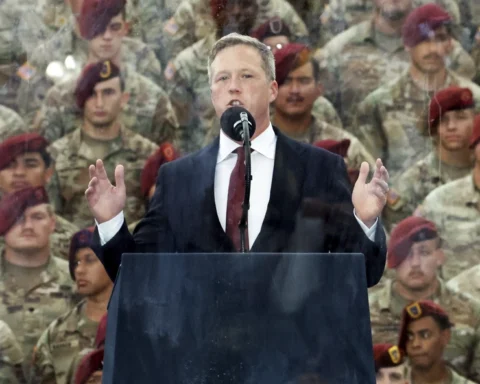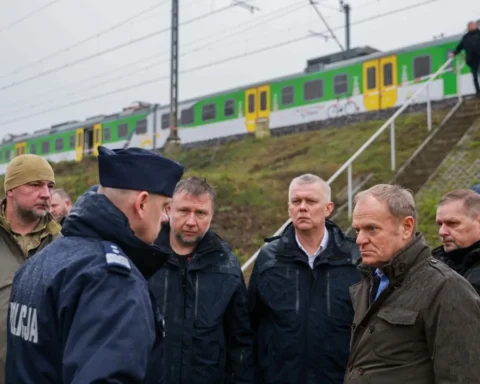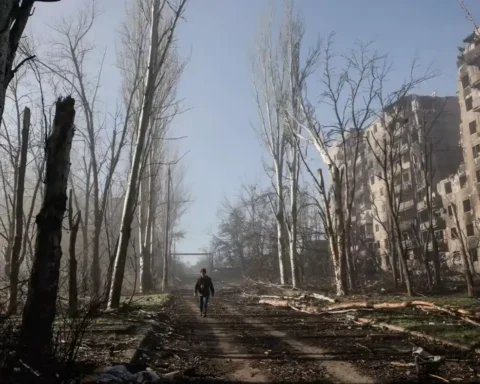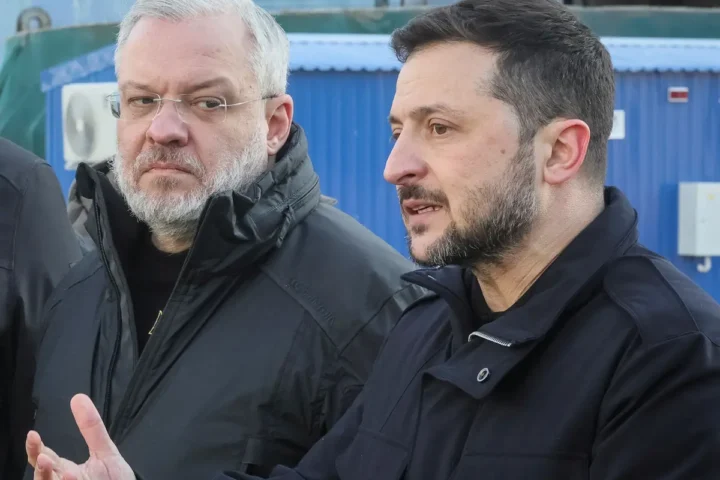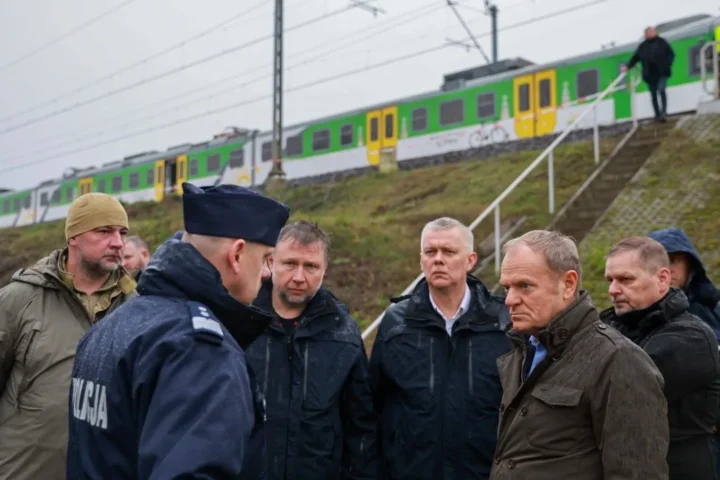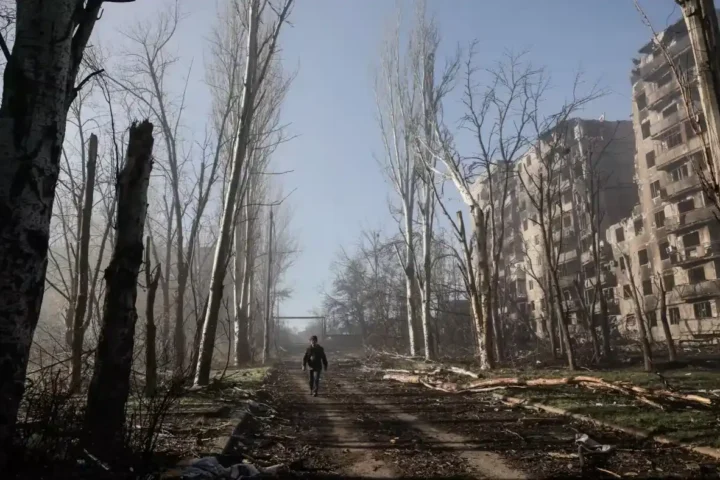Key idea. Russia and China have moved closer to an agreement on the long-standing Power of Siberia-2 gas-pipeline project, which is meant to significantly increase Russian gas supplies to the PRC and bind the two economies more tightly as both countries’ relations with the U.S. worsen. Most important, however, is that the sides left the basic terms (the gas price, financing, and the construction timetable) unresolved. This underscores Beijing’s growing leverage and Moscow’s dependence on the Chinese market. According to The Wall Street Journal, it is China that “holds all the cards” right now, since it can bide its time and press for better terms.
What Has Been Formally Agreed
After talks in Beijing attended by Russian President Vladimir Putin and Chinese President Xi Jinping, Moscow announced the signing of a legally binding memorandum on building Power of Siberia-2. This flagship infrastructure project would connect gas fields on the Yamal Peninsula to the Chinese market and serve as a logical sequel to the existing Power of Siberia line (launched in 2019), further strengthening the countries’ energy partnership. China’s Foreign Ministry, for its part, offered a general formulation: Beijing and Moscow are engaged in “practical cooperation in various areas, including energy.”
What Remains Unresolved
The key parameters—gas pricing, financing mechanics, and the precise construction schedule—were left unfixed. These very points have stalled the project for years and today serve as a marker of China’s broader room for maneuver. With alternative sources of gas at its disposal, China can afford not to rush, while insisting on more favorable terms. Moscow, by contrast, is eager to reorient exports quickly after the sharp decline in sales to Europe.
According to the Russian side, the gas price for China is expected to be lower than European prices. As Gazprom CEO Alexei Miller (quoted in Russian media via TASS) specified, the final price under Power of Siberia-2 will be negotiated separately.
Why China Has the Upper Hand
Western sanctions following Russia’s invasion of Ukraine have significantly reduced Russian pipeline-gas exports to the EU—its most important historical market. To preserve hard-currency earnings from energy, Moscow has been rapidly pivoting oil and gas flows toward China. This has amplified the asymmetry in the relationship: Russia’s dependence on Chinese demand and technology has grown, while China, The Wall Street Journal notes, remains a diversified buyer and supplier, including of dual-use goods.
“The agreement shows that China is interested in the pipeline and in Russia’s energy resources, but this isn’t a final deal,” says Alexander Gabuev, director of the Carnegie Russia Eurasia Center and an expert on China-Russia relations. “It shows how their relationship is increasingly asymmetrical, and China has all the cards.”
Gabuev stresses that, with the EU aiming for a full phase-out of Russian energy by 2027, any new arrangements are more likely to favor China. At the same time, Russia’s window of opportunity is narrowing: China is accelerating decarbonization and expanding the use of renewable energy.
“Russia is completely at the mercy of the Chinese,” the expert concludes.
Project Parameters and Related Flows
- Route and resource base. Power of Siberia-2 is designed to ship gas from Yamal through Mongolia to northern Chinese provinces—the world’s largest energy-consuming market.
- Volumes. According to Alexei Miller, the project targets 50 billion cubic meters (bcm) per year of supplies to China over 30 years.
- Existing flows. Exports via the current Power of Siberia pipeline are planned to rise to 44 bcm from 38 bcm.
What’s Holding Back a Final Deal
- Prices and ownership. Long-standing disagreements over tariffs and infrastructure ownership remain.
- Dependency risk. Beijing is wary of leaning too heavily on a single gas supplier—an independent reason for caution.
- Alternatives for China. There is abundant LNG from the Middle East and elsewhere, and major new LNG capacity is coming online in the next few years. This eases China’s need for additional Russian pipeline volumes.
- Informal limits. According to The Wall Street Journal, Chinese officials adhere to an informal cap of about 20% of imports from any single supplier, which also slows talks.
- Supply geopolitics. The war between Israel and Iran has prompted Beijing to reassess the reliability of Middle Eastern oil and gas (as WSJ has also reported). Yet even factoring in these risks, China is in no hurry to “close the door” on alternatives.
A Lopsided Trade: Who Needs Whom More
Since the start of the full-scale war, bilateral trade has become even more uneven. Analysts estimate that roughly a third of Russia’s total trade is now with China, whereas Russia accounts for less than 5% of China’s trade. In effect, Beijing has become an economic lifeline for Russia’s sanctions-hit economy: it buys energy and supplies a vast range of goods—from electronics and appliances to tractors. Beyond that, China has become a critical source of optics, microelectronics, drone engines, and other components enabling Russia’s war machine.
Why Moscow Needs This More Than Beijing
For Russia, expanding its pipeline network is the only realistic way to significantly increase gas deliveries to China in the near term: current interconnectors and modest LNG capacity cannot compensate for the lost European market. For China, however, further increases in purchases from Russia are a choice, not a necessity: a global LNG market awash with supply and a faster green transition give Beijing ample room to maneuver. Hence the years-long negotiations, despite Moscow’s regular claims that a deal was “close.”
Power of Siberia-2 is a step forward on paper, but not a real breakthrough. The memorandum matters politically, yet numbers and timelines—which Beijing is in no rush to lock in—will decide everything. As long as China has alternatives, it will squeeze for maximum terms. Russia, having lost the European market and racing to replace it, is bargaining from a weaker position. In The Wall Street Journal’s view, this asymmetry of interdependence is what drives the talks: Beijing is open to cooperation, but it will set the pace and parameters of the deal.
This article was prepared based on materials published by The Wall Street Journal. The author does not claim authorship of the original text but presents their interpretation of the content for informational purposes.
The original article can be found at the following link: The Wall Street Journal.
All rights to the original text belong to The Wall Street Journal.


